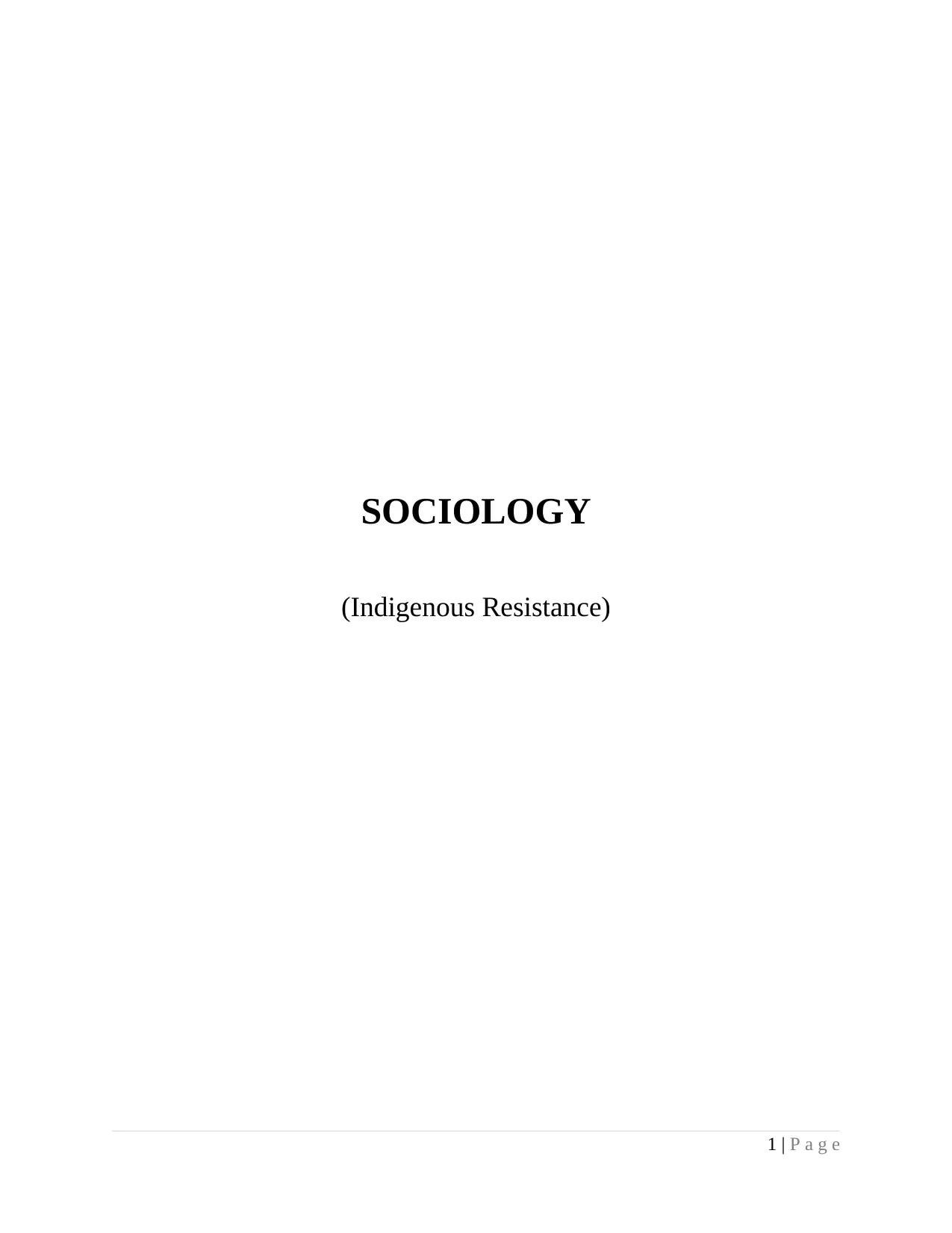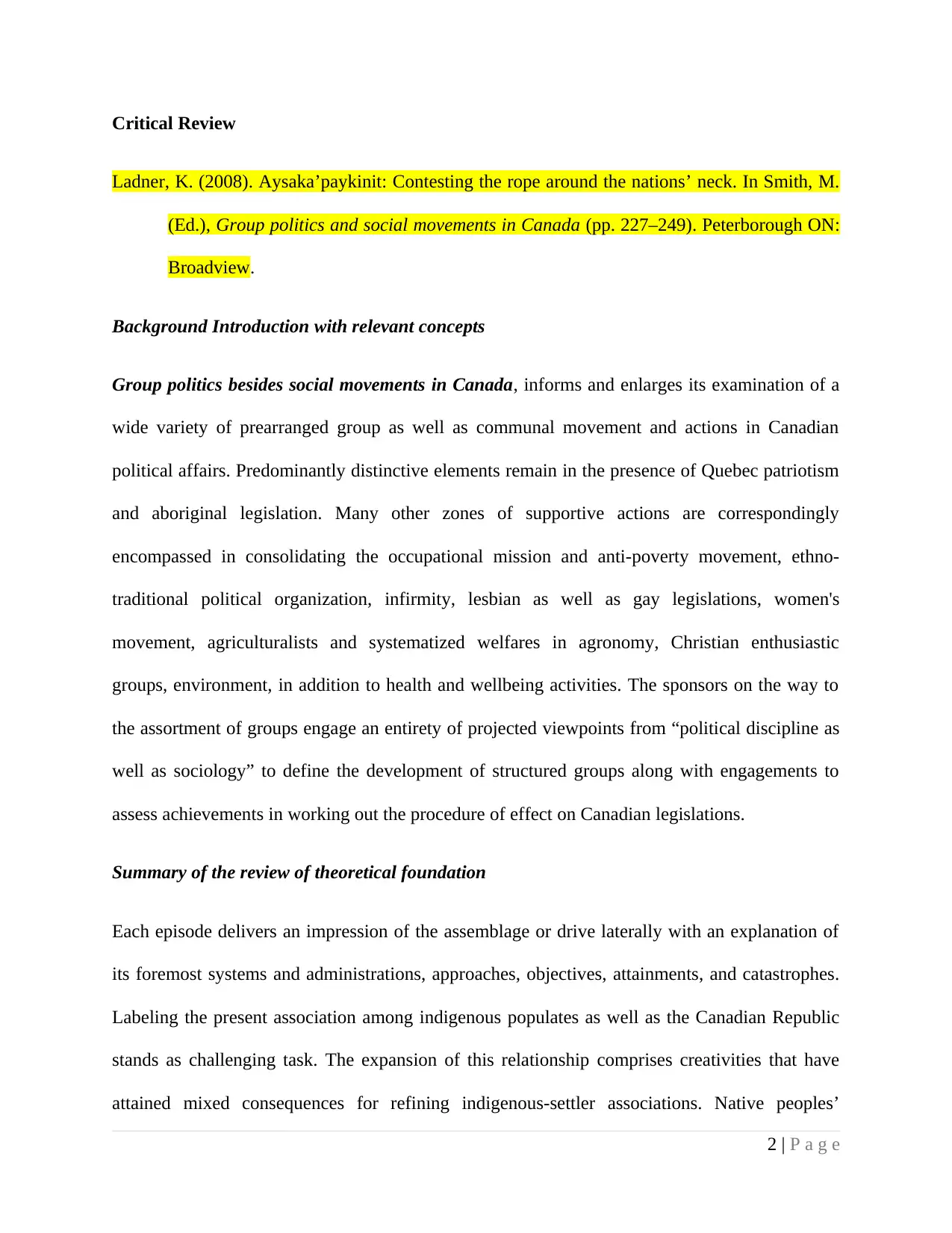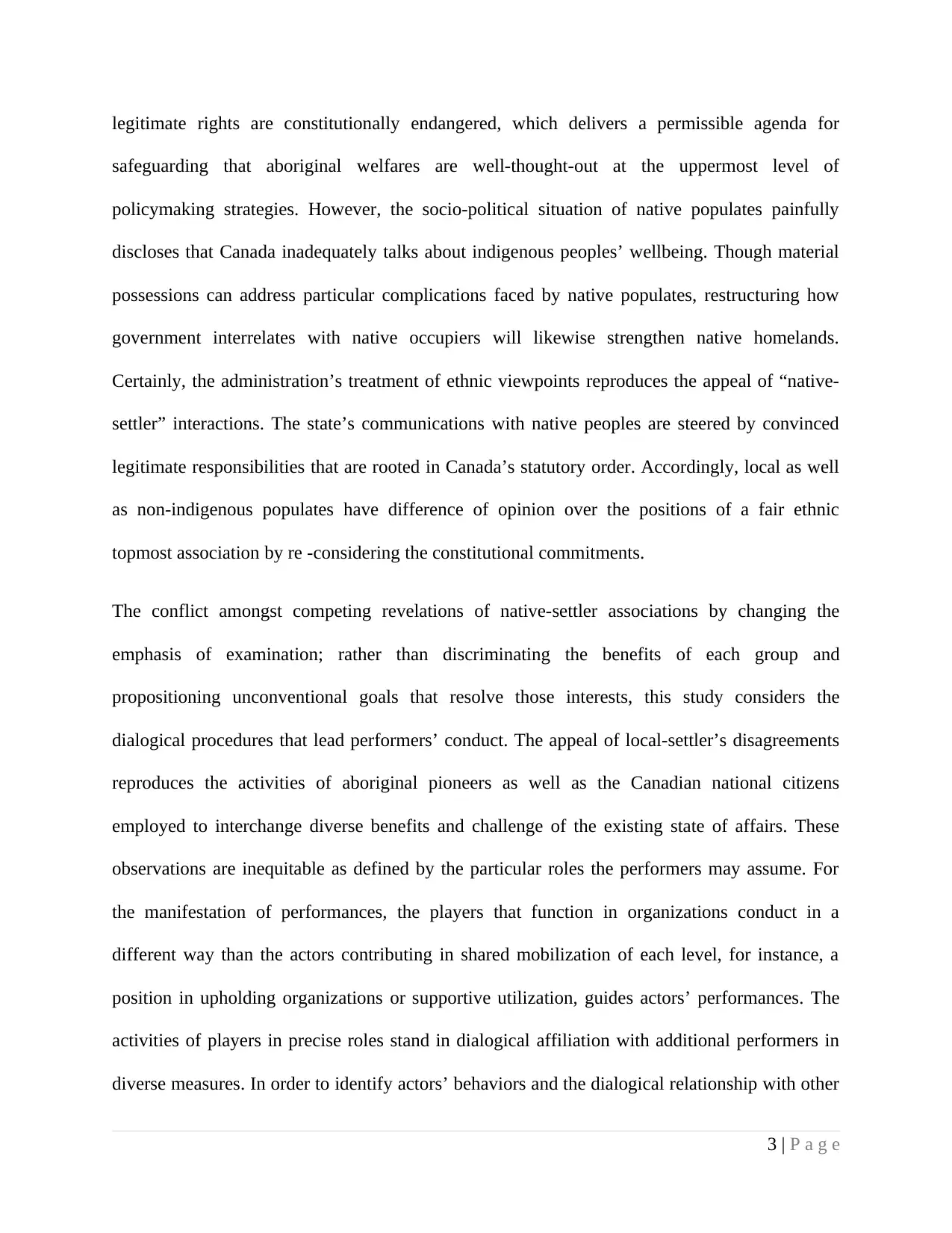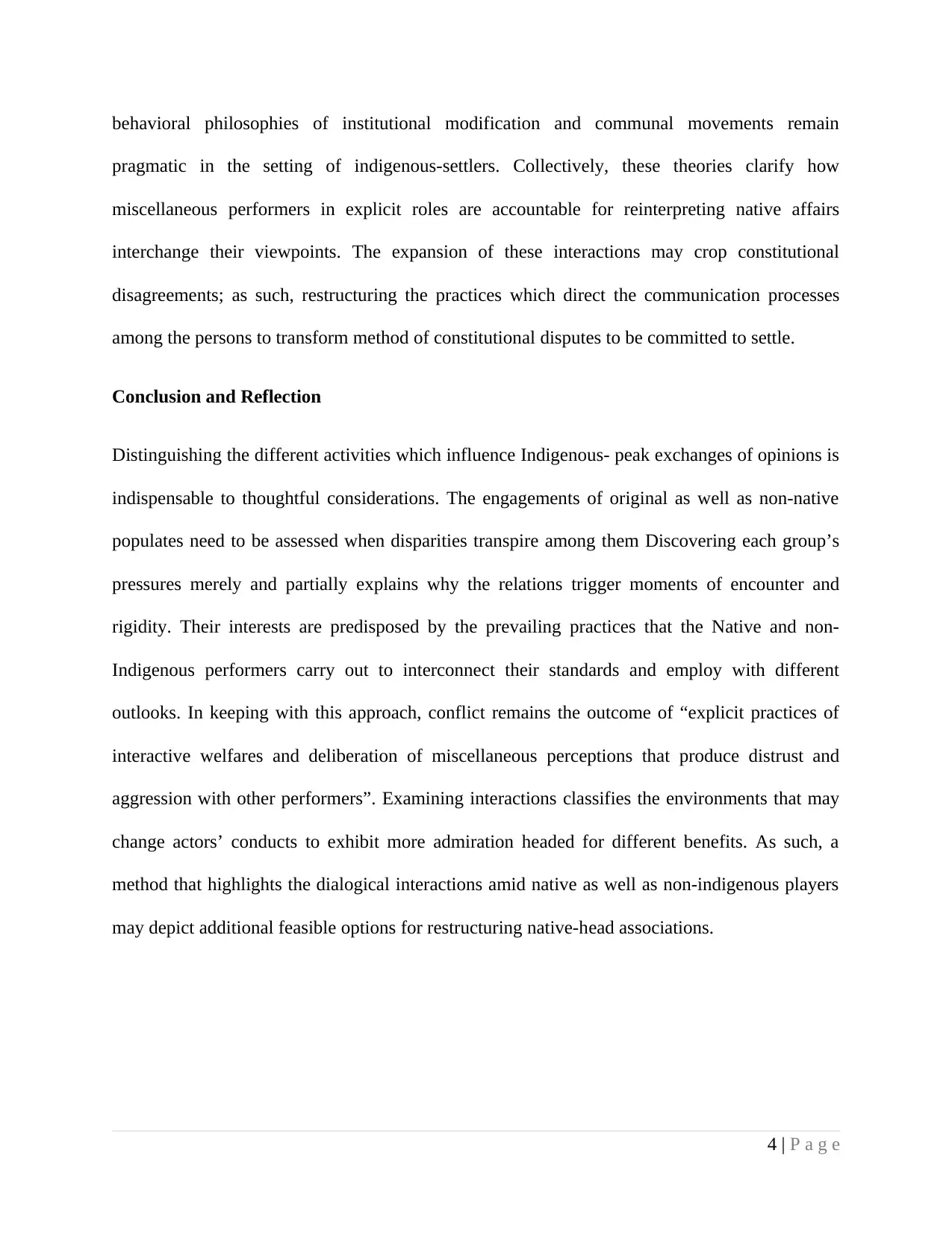Sociology Report: Critical Review of Ladner's 'Aysaka'paykinit' (2008)
VerifiedAdded on 2023/01/19
|4
|836
|43
Report
AI Summary
This report offers a critical review of K. Ladner's 2008 work, 'Aysaka’paykinit: Contesting the rope around the nations’ neck,' focusing on Indigenous resistance within the context of Canadian group politics and social movements. The review examines the historical relationship between Indigenous peoples and the Canadian state, highlighting the challenges and complexities of this dynamic. It discusses the constitutional endangerment of Indigenous rights, the socio-political situation, and the need for restructuring government interactions to strengthen Indigenous homelands. The report analyzes the dialogical procedures that influence actors' conduct, the impact of competing revelations of native-settler associations, and the role of different actors within organizations. It concludes by emphasizing the importance of understanding the activities influencing Indigenous-peak exchanges and the need for assessing the engagements of original and non-native populations to identify potential solutions for restructuring native-head associations. The report underscores the significance of examining interactions to identify environments that could encourage more respect towards diverse benefits, ultimately advocating for dialogical interactions as a means to transform constitutional disputes.
1 out of 4





![[object Object]](/_next/static/media/star-bottom.7253800d.svg)